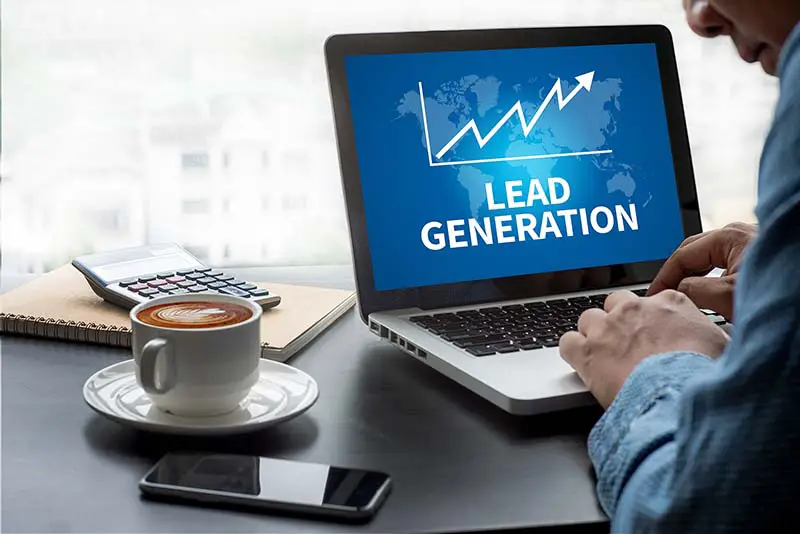Click here to get this post in PDF
The modern sales method relies on customers having more control over their buyers’ journeys than ever and can quickly access the information they need before speaking with a sales representative.
Although they are two distinct strategies, demand and lead generation make up a significant portion of inbound sales. They are often used interchangeably, despite being two distinct practices.
This post will explain demand generation, the differences between them, and how they can be used together to grow your business.
What is demand generation?
Demand Generation is how you market your business and get people excited about what it has to offer. This process increases brand awareness, educates, and builds trust.
One way to generate demand is to blog and create resources for your audience to help them succeed.
What is lead generation?
Lead generation is the process of increasing interest in your business offerings via nurturing with the ultimate goal of converting people to customers by convincing them that what they are getting will meet their needs.
CTAs are a common way to generate leads. You can use them with lead gen forms to collect audience contact information, send additional emails, or promote gated offers using lead capture forms on Facebook. Sales intelligence software like Zoom Info allows you to get contact information from prospects that have searched online for information related to your business. This software will ensure you have qualified leads since they are intended to search for information about your business. Another efficient and effective lead generation to increase sales is through a cold calling service. This process also includes multiple steps of quality control to ensure leads and appointments meet certain standards.
What is the difference between demand generation and lead generation?
Demand generation is a way to attract your target audience. Lead generation allows you to convert qualified audience members into customers.
You may be wondering which strategy is best to help you achieve your business goals. However, both can be used together. Demand generation is directly linked to lead generation. You can’t nurture qualified leads or convert them into customers if you don’t first attract them to your company. We’ll be discussing some of the key differences below.
There is a difference between demand generation vs lead generation
As we have already mentioned, demand generation is a way to grow, and lead generation is a way to convert. The key difference between these two concepts is that lead generation is at the bottom of the funnel, and demand generation is at the top.
Demand generation is used to inform people about your business and get them interested in what you offer. Lead generation is used to nurture these audiences and turn them into customers.
Demand generation directly influences lead generation and can help you in your efforts. If you have used demand generation marketing successfully, you will know that the leads you receive are qualified and interesting. This is why leads should not be bought.
The relationship between demand generations vs. lead generation You can continue the above example by using blogging as a demand generation strategy. Your content will attract leads, educate them and let them know you exist. These leads might visit your blog and read an article before leaving your site.
The next time they search for something, they will find an article from your company and realize that you have helped them. You can help them by placing a CTA in your blogs so that they can submit their information, including email addresses.
Once you have their email address, you can start email nurturing to build your lead generation efforts. This is where you share content that will convince them to become paying customers.
More to You
Inbound sales should include both lead generation and demand generation. They work together to grow your business and drive sales. Your lead generation strategies should help you to attract qualified leads.
For B2B marketing, demand generation vs. lead generation
B2 B’s marketing strategies are dependent on both lead generation and demand generation. If you don’t also generate demand, you won’t be able to generate leads efficiently and sustainably. And generating demand is worth very little if it’s not translated into leads.
But just because demand generation and leads generation have many of the same ends-objectives doesn’t mean they are the same. B2B marketers have a bad habit of using the terms interchangeably. Although lead generation might fall under the general umbrella of demand generation, it is a part of the process that requires special skills and tactics.
Mixing demand generation with lead generation can result in missing out on leads and making you pay more for them. It will be easier to generate more leads and more revenue by clearly separating the two.
You may also like: Lead Generation Guide
Image source: Shutterstock.com

